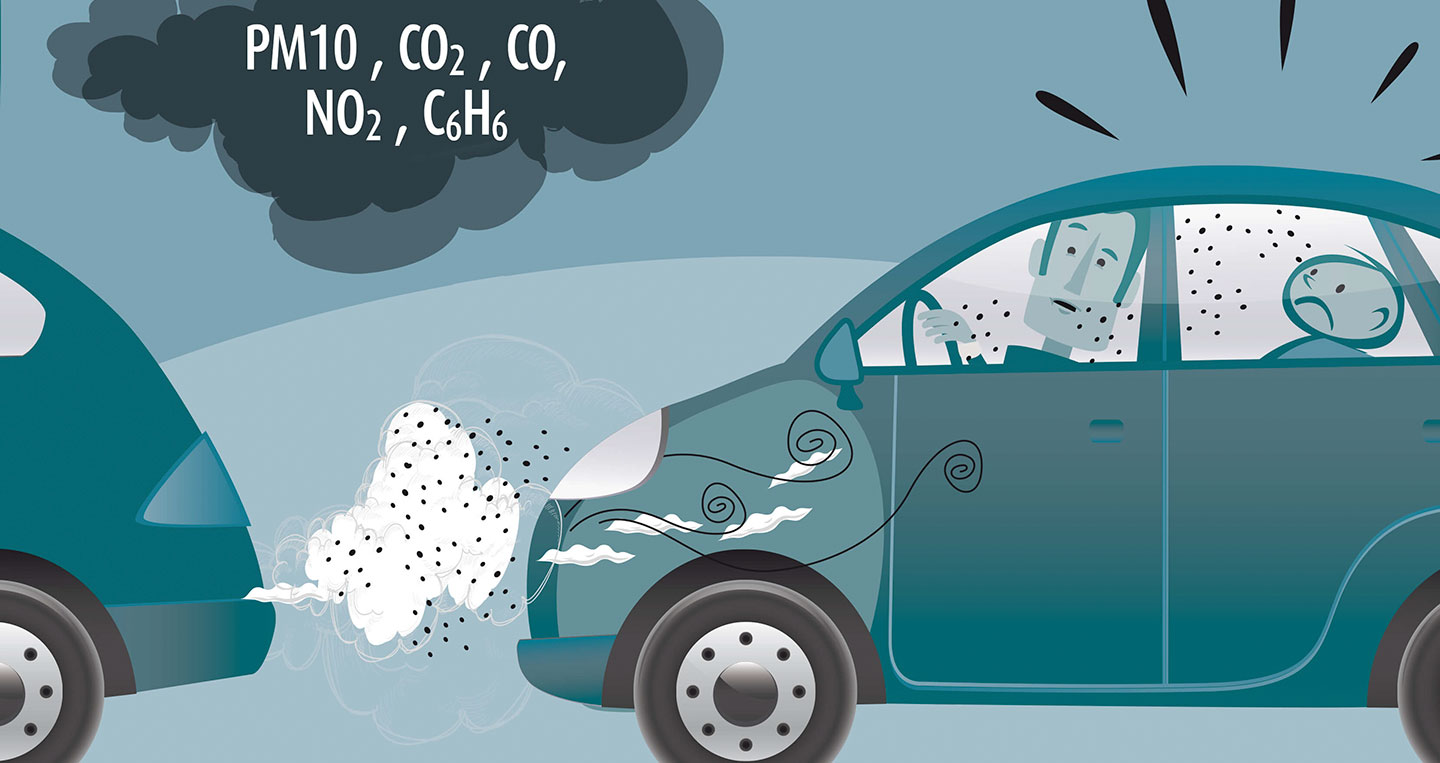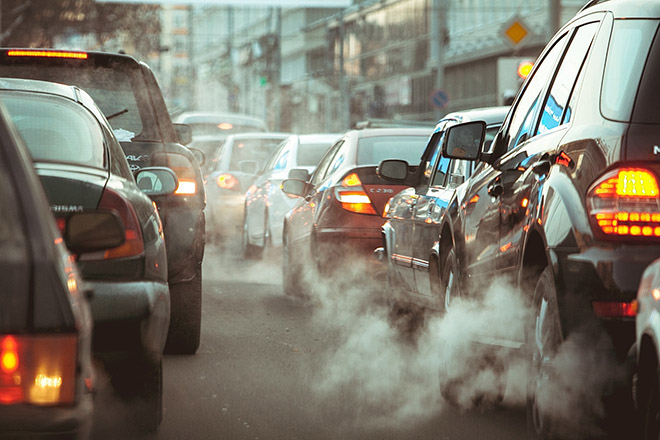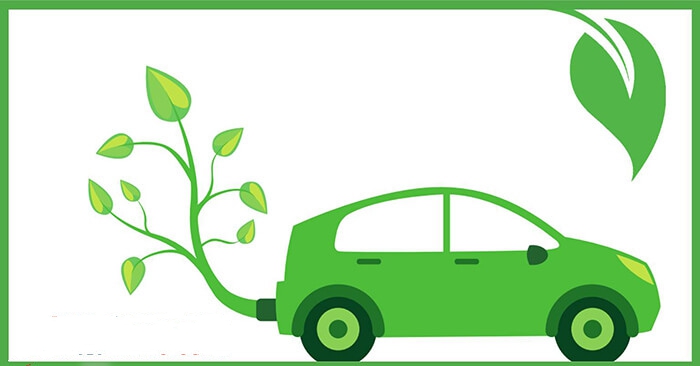Automobile exhaust contains toxic components such as HC, Nox, Co... not only affecting human health but also adversely affecting the environmental ecosystem, air pollution, and weather changes. instability, greenhouse effect…
Along with the constant increase in the number of cars in operation, automobile emissions are also greater. How to effectively handle automobile exhaust, avoiding negative impacts on people and the living environment? Let's find out through the article below!
When a car is running, the internal combustion engine produces waste products including CFCs, Pb, Hc, NOx, CO2, CO and sulfur compounds. After automobile waste is released into the environment, it is likely to be separated and synthesized to form many compounds that are harmful to human health and change the climate and ecological environment.

Based on the influence of components, emissions are classified into the following 2 groups:
The process of treating automobile exhaust gases is divided into 4 groups:
In order to reduce harmful emissions including NOx, CO, HC, it is necessary to optimize the engine system structure affecting the combustion process such as:
The content of harmful substances in the exhaust gas of automobiles before being discharged directly into the environment must ensure the correct dosage according to the permitted regulations. Some common waste treatment technologies today include:

In order to avoid overloading the engine in some working modes and promote the effectiveness of the above groups of automotive emission treatment solutions, car manufacturers combine the use of ancillary systems including:
Fuel has a great impact on exhaust gas characteristics, the possibility of exhaust pollution of internal combustion engines. Common methods of limiting automobile exhaust pollution include:

To minimize car emissions into the environment, vehicle owners can refer to the following ways:
Hope to synthesize information about TOP How to effectively treat car exhaust?, good for the environment will be useful to you. See more useful information about cars on our website!
Cars Care Service Price Sheet At Thanh Phong Auto HCMC VietNam:
* The cars that we have mechanics: Mercedes, BMW, Audi, Lexus, Toyota, Honda, Mazda, Mitsubishi, Kia, Daewoo, Hyundai,Ford, Nissan, Volkswagen, Porsche, Chevrolet, Rand Rover, Innova, Fortuner, Vios, Fiat, Bugatti, Ferrari, Bentley, Hummer , Chrysler, Dodge, Renault, Cadillac, Volvo, Subaru, Daihatsu, Ssangyong, Roll-Royce, Peugeot, Smart Fortwo, Tobe M'car, Luxgen, Zotye, Haima, Geely, Baic, Hongqi, Cmc, Mini Cooper, Buick, Opel, Acura, Aston Martin, Vinfast, TQ Wuling.
To keep your vehicle running properly at all times, we offer a number of services that are carried out by our certified, expert auto service and repair technicians who have years of experience performing everything from oil changes to a complete engine overhaul.
LEAVE COMMENT